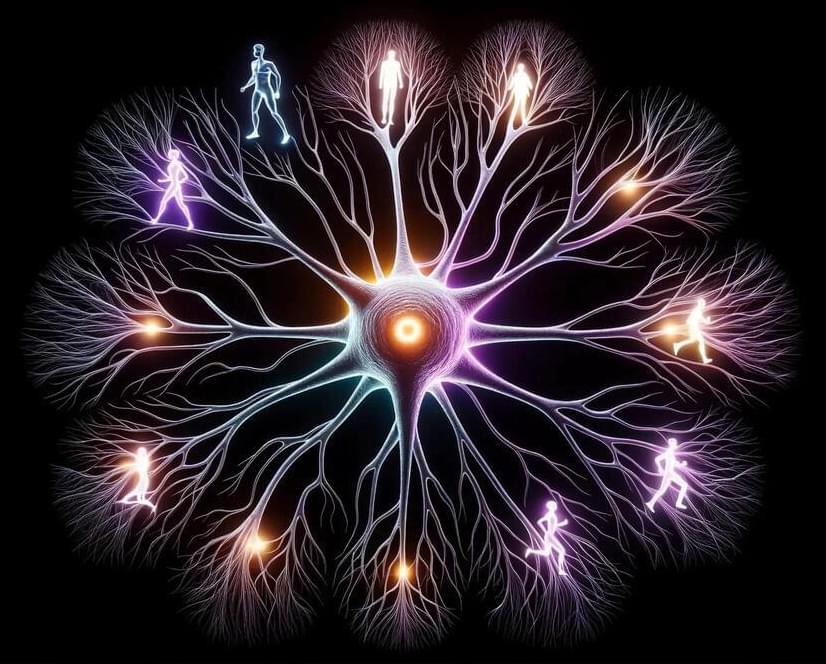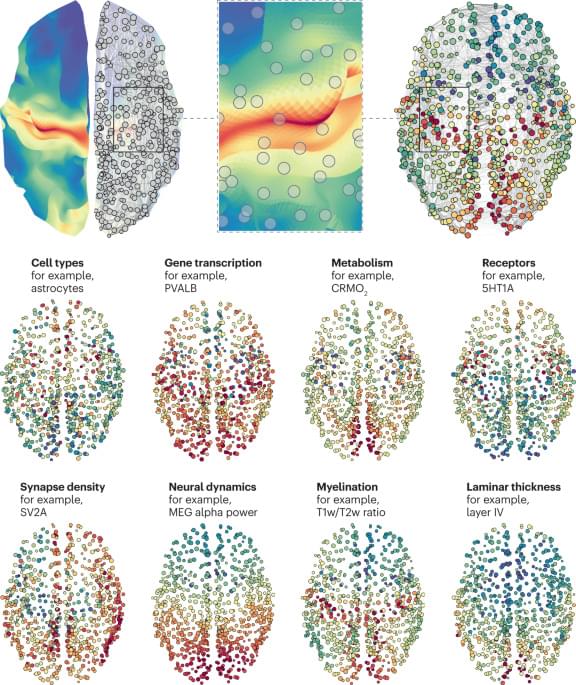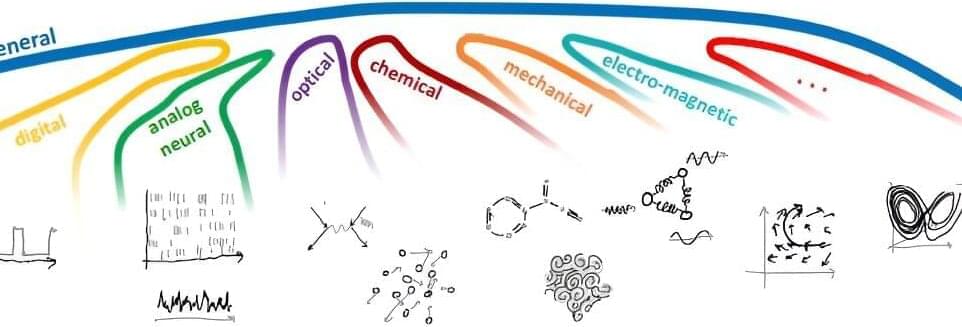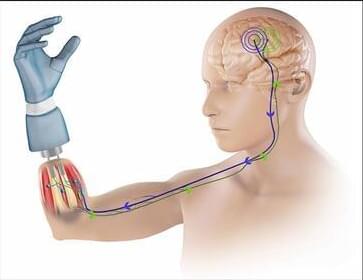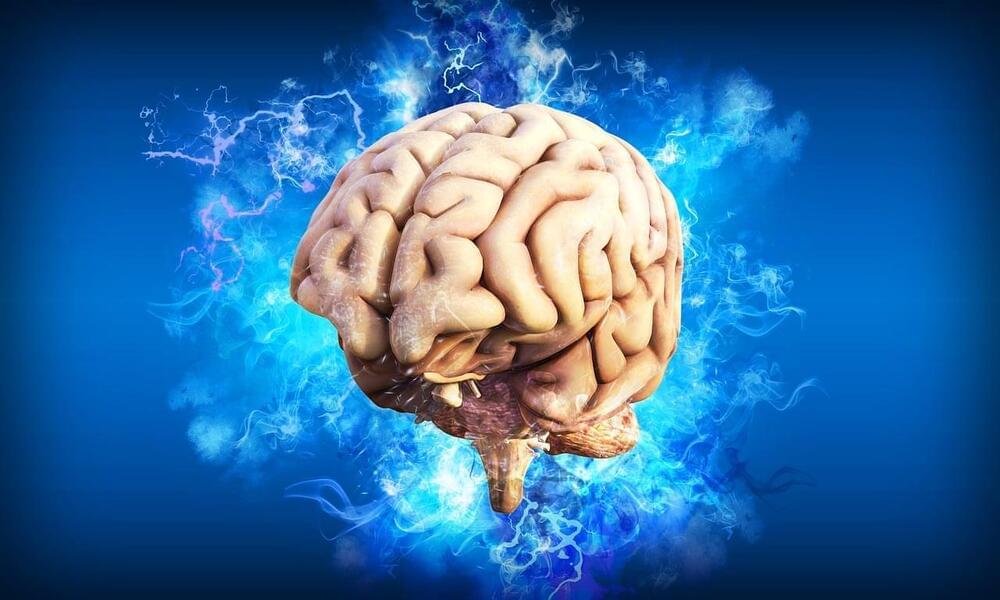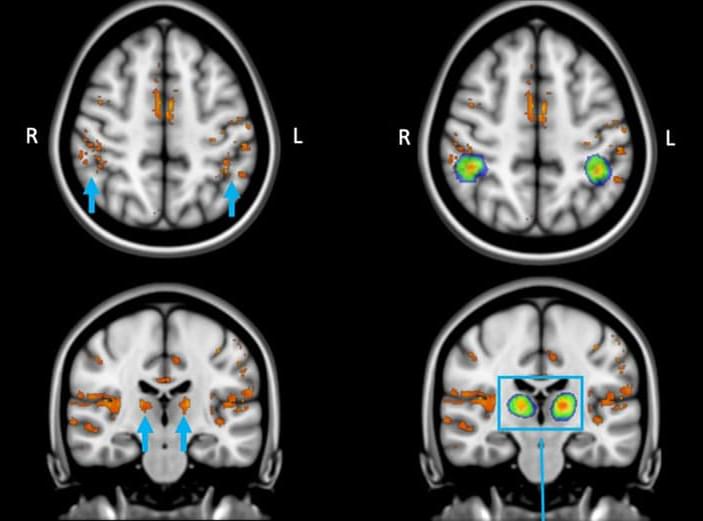Oct 20, 2023
Stanford scientist, after decades of study, concludes: We don’t have free will
Posted by The Neuro-Network in categories: biotech/medical, neuroscience
Before epilepsy was understood to be a neurological condition, people believed it was caused by the moon, or by phlegm in the brain. They condemned seizures as evidence of witchcraft or demonic possession, and killed or castrated sufferers to prevent them from passing tainted blood to a new generation.
Today we know epilepsy is a disease. By and large, it’s accepted that a person who causes a fatal traffic accident while in the grip of a seizure should not be charged with murder.
That’s good, says Stanford University neurobiologist Robert Sapolsky. That’s progress. But there’s still a long way to go.
Continue reading “Stanford scientist, after decades of study, concludes: We don’t have free will” »


